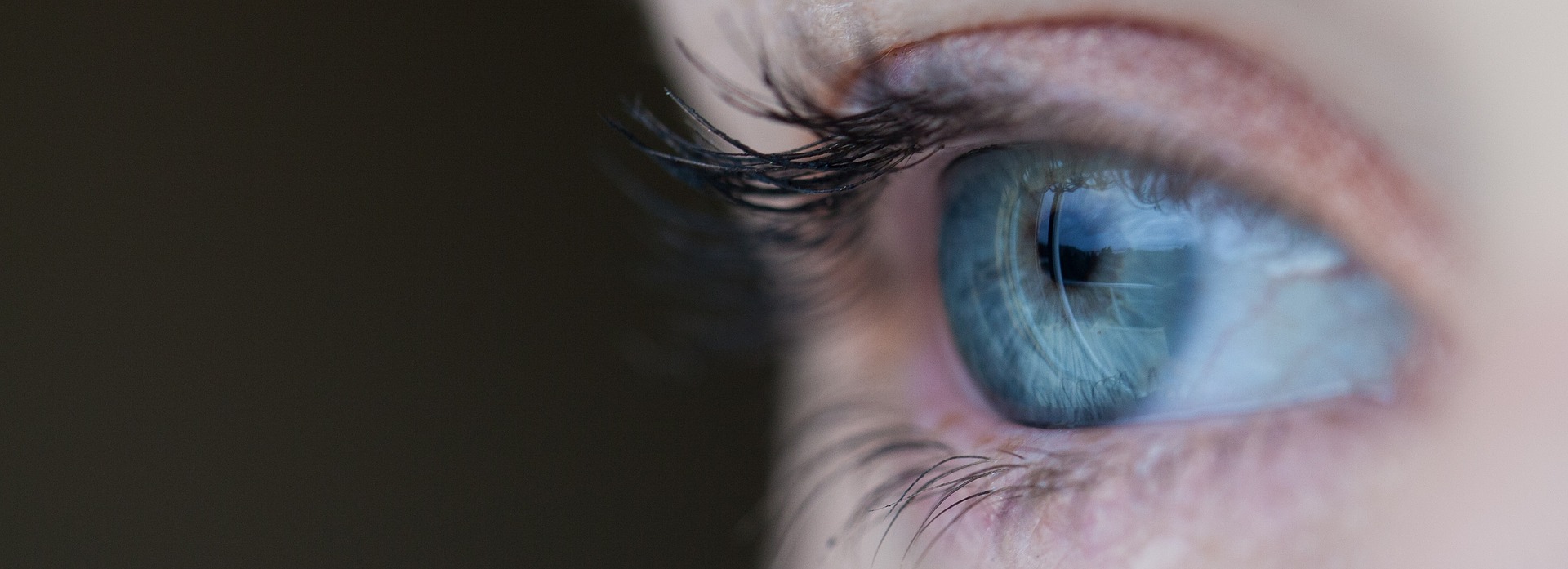In this guest post, Mr. Ratnarajan of The McIndoe Centre in East Grinstead, West Sussex, discusses glaucoma and its relation to excessive use of computers and tech devices.

Who is Mr Ratnarajan?
 Mr Gokulan Ratnarajan is a Consultant Ophthalmic Surgeon at The McIndoe Centre. Ratnarajan graduated from University College London and completed his Ophthalmology training in Oxford. He completed his MD research degree at The Institute of Ophthalmology and Moorfields Eye Hospital, London. He has completed three specialist fellowships in glaucoma and anterior segment surgery at The Oxford Eye Hospital, The Western Eye Hospital in London and the world-renowned fellowship at the University of Toronto, Canada.
Mr Gokulan Ratnarajan is a Consultant Ophthalmic Surgeon at The McIndoe Centre. Ratnarajan graduated from University College London and completed his Ophthalmology training in Oxford. He completed his MD research degree at The Institute of Ophthalmology and Moorfields Eye Hospital, London. He has completed three specialist fellowships in glaucoma and anterior segment surgery at The Oxford Eye Hospital, The Western Eye Hospital in London and the world-renowned fellowship at the University of Toronto, Canada.
Glaucoma and the use of display screen equipment (DSE)
We now live in a world that’s becoming more digitalised by the second, and that makes abstaining from using technology (specifically computers, smartphones and tablets) increasingly difficult. However, a factor that is often overlooked is the health and safety concerns regarding excessive digital use, specifically display screen equipment (DSE). This is particularly important for those living with glaucoma, an eye condition that affects over 600,000 people in the UK and is the second leading cause of blindness. In this article, we're going to be exploring the relationship between glaucoma and display screen equipment (DSE) use, specifically focusing on how optimising DSE can help glaucoma patients safely use digital equipment.
What is Glaucoma?
Glaucoma is a condition affecting the optic nerve and retina of the eye, causing your vision to deteriorate over time. This is caused by a build-up in fluid near the front of the eye, which in turn, increases the pressure inside. If the fluid in your eye is not drained, the pressure will continue to build, and if left untreated, this can lead to permanent vision loss.
Can Excessive DSE Use Increase the Risk of Glaucoma?
It's becoming increasingly difficult to live our lives without using computers and other digital technology. However, is the excessive use of digital technology directly linked to glaucoma? According to the Glaucoma Research Federation, there is no strong evidence that suggests excessive use of digital technology is one of the glaucoma risk factors. However, if you suffer from glaucoma, there are some recommended steps you can take to limit risk of increased eye strain.
Adjust your monitor settings
One key recommendation is that you use a monitor filter to help adjust the glare of your screen. This is because glare and incorrect contrast levels can further impair a patient's vision when using DSE. Adjusting your monitor's settings will allow you to optimise readability. Because glaucoma damages the optic nerve and retina, "less light is transmitted to the brain and therefore the images produced are darker and lack contrast. Patients with glaucoma should definitely optimise lighting conditions and check to see if they also have cataracts." Again, you must ensure that you adjust your display settings accordingly. You may find that applying black text on a white background will help improve readability.
Take regular breaks from DSE usage
It's incredibly important to take breaks if you find yourself working with computers, tablets, or anything that displays digital images for the majority of the day. There are apps that now include built-in functions that stop you from continuing work until you have taken a break. Better yet, simply try to focus on something 20ft away for 20 seconds every 20 minutes. This is thought to help your eyes relax after time spent on computers or other digital devices.
Avoid reading in dark conditions
Reading on a computer, tablet or phone in poor lighting conditions and at night can suppress the production of melatonin, which helps control your sleep cycle. It's especially important to avoid reading on a phone or tablet at night, as this can disrupt your melatonin levels, making you think it's light/day time when it's not.
Treating glaucoma
While the cause of glaucoma is yet to be discovered, there are ways to prevent symptoms from worsening. Going for regular eye checks (once a year) is strongly recommended, as glaucoma symptoms can often be difficult to identify without the help of an optician or ophthalmic specialist. There are also certain factors that may increase the risk, such as heritage, previous sight-related conditions and age. Though not a glaucoma risk factor, excessive computer use is not encouraged. Dry eyes, watery eyes, blurred vision and increased sensitivity to light are some of the most common symptoms of constant computer use, and these can exacerbate glaucoma symptoms.
Key takeaways for DSE use
By making changes to the way you use DSE equipment, such as adjusting lighting levels and monitor settings, you can aid readability and prevent any discomfort when using computers and tech.











